Gever Tulley has only one qualification for training software designers how to become more creative. He teaches children how to build objects like gravity-powered wooden rollercoasters with their hands at his Tinkering School in Montara, California, south of San Francisco.
Now Tulley does the same thing for dozens of adults who are in the front ranks of software design at Adobe, the big software supplier based in San Jose, California. In daylong workshops, about 100 Adobe designers wrestle with plastic beads, small electronic displays, Ikea water glasses and tiny sensors to create wacky motion games. Usually, about the only thing these folks touch on the job is a computer mouse.
“Some people thought we were crazy to do this,” said Michael Gough, a vice president for design at Adobe. “But for others, the experience has started to inform how they work,” giving them a better appreciation of how customers experience Adobe’s programs.
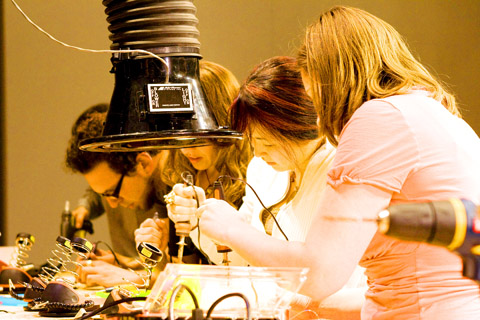
PHOTO: NY TIMES NEWS SERVICE
“So we’re going to keep pushing it,” Gough said.
Tulley’s transformation highlights a little-noticed movement in the world of professional design and engineering: a renewed appreciation for manual labor, or innovating with the aid of human hands.
“A lot of people get lost in the world of computer simulation,” says Bill Burnett, executive director of the product design program at Stanford University. “You can’t simulate everything.”
Using computers to model the physical world has become increasingly common; products as diverse as cars and planes, pharmaceuticals and cellphones are almost entirely conceived, specified and designed on a computer screen. Typically, only when these creations are nearly ready for mass manufacturing are prototypes made — and often not by the people who designed them.
Creative designers and engineers are rebelling against their alienation from the physical world.
“The hands-on part is for me a critical aspect of understanding how to design,” said Michael Kuniavsky, a consultant in San Francisco who for three years has convened a summer gathering of leading designers, called “Sketching in Hardware.”
At last month’s session at the Rhode Island School of Design, attendees broke into small groups, wielding soldering irons and materials their grandfathers probably knew more about.
Such experiences hone instinct and intuition as opposed to logic and cognition, advocates say, and bring the designer closer to art than science.
“I’m not sure employers are recognizing the importance of hands-on,” Kuniavsky said.
Gough began to appreciate the possibilities of Tulley’s “learn by making” idea for Adobe only after his own children attended the Tinkering School.
Part of corporate resistance to experimenting with hands-on activities comes from the difficulty of measuring the value of paying employees to, say, build a go-cart or a radio set while in the office. Yet educators say the benefits, even if intangible, are clear.
“All your intelligence isn’t in your brain,” Burnett said. “You learn through your hands.”
At Stanford, the rediscovery of human hands arose partly from the frustration of engineering, architecture and design professors who realized that their best students had never taken apart a bicycle or built a model airplane. For much the same reason, the Massachusetts Institute of Technology offers a class, “How to Make (Almost) Anything,” which emphasizes learning to use physical tools effectively.
“Students are desperate for hands-on experience,” said Neil Gershenfeld, who teaches the course.
Paradoxically, yearnings to pick up a hammer — or an oscilloscope — may deepen even as young people immerse themselves in simulated worlds.
“People spend so much time in digital worlds that it creates an appetite for the physical world,” said Dale Dougherty, an executive at O’Reilly Media, based in Sebastopol, California.
Fifty years ago, tinkering with gadgets was routine for people drawn to engineering and invention.
When personal computers became widespread starting in the 1980s, “we tended to forget the importance of physical senses,” said Richard Sennett, a sociologist at the London School of Economics.
Making refinements with your own hands — rather than automatically, as often happens with a computer — means “you have to be extremely self-critical,” said Sennett, whose book The Craftsman, examines the importance of “skilled manual labor,” which he believes includes computer programming.
Even in highly abstract fields, like the design of next-generation electronic circuits, some people believe that hands-on experiences can enhance creativity.
“You need your hands to verify experimentally a technology that doesn’t exist,” said Mario Paniccia, director of Intel’s photonics technology lab in Santa Clara, California.
Bringing human hands back into the world of digital designers may have profound long-term consequences. Designs could become safer, more user-friendly and even more durable.
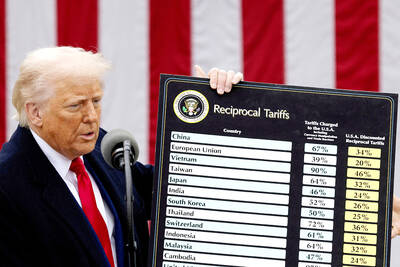
WAITING GAME: The US has so far only offered a ‘best rate tariff,’ which officials assume is about 15 percent, the same as Japan, a person familiar with the matter said Taiwan and the US have completed “technical consultations” regarding tariffs and a finalized rate is expected to be released soon, Executive Yuan spokeswoman Michelle Lee (李慧芝) told a news conference yesterday, as a 90-day pause on US President Donald Trump’s “reciprocal” tariffs is set to expire today. The two countries have reached a “certain degree of consensus” on issues such as tariffs, nontariff trade barriers, trade facilitation, supply chain resilience and economic security, Lee said. They also discussed opportunities for cooperation, investment and procurement, she said. A joint statement is still being negotiated and would be released once the US government has made
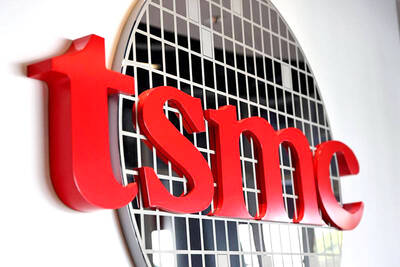
Authorities have detained three former Taiwan Semiconductor Manufacturing Co (TMSC, 台積電) employees on suspicion of compromising classified technology used in making 2-nanometer chips, the Taiwan High Prosecutors’ Office said yesterday. Prosecutors are holding a former TSMC engineer surnamed Chen (陳) and two recently sacked TSMC engineers, including one person surnamed Wu (吳) in detention with restricted communication, following an investigation launched on July 25, a statement said. The announcement came a day after Nikkei Asia reported on the technology theft in an exclusive story, saying TSMC had fired two workers for contravening data rules on advanced chipmaking technology. Two-nanometer wafers are the most
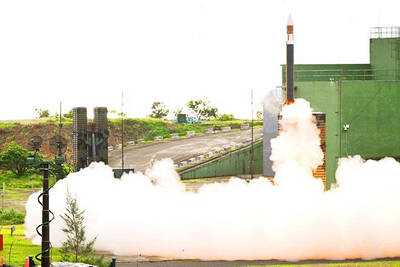
NEW GEAR: On top of the new Tien Kung IV air defense missiles, the military is expected to place orders for a new combat vehicle next year for delivery in 2028 Mass production of Tien Kung IV (Sky Bow IV) missiles is expected to start next year, with plans to order 122 pods, the Ministry of National Defense’s (MND) latest list of regulated military material showed. The document said that the armed forces would obtain 46 pods of the air defense missiles next year and 76 pods the year after that. The Tien Kung IV is designed to intercept cruise missiles and ballistic missiles to an altitude of 70km, compared with the 60km maximum altitude achieved by the Missile Segment Enhancement variant of PAC-3 systems. A defense source said yesterday that the number of
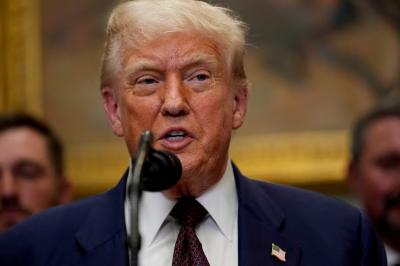
Taiwanese exports to the US are to be subject to a 20 percent tariff starting on Thursday next week, according to an executive order signed by US President Donald Trump yesterday. The 20 percent levy was the same as the tariffs imposed on Vietnam, Sri Lanka and Bangladesh by Trump. It was higher than the tariffs imposed on Japan, South Korea and the EU (15 percent), as well as those on the Philippines (19 percent). A Taiwan official with knowledge of the matter said it is a "phased" tariff rate, and negotiations would continue. "Once negotiations conclude, Taiwan will obtain a better